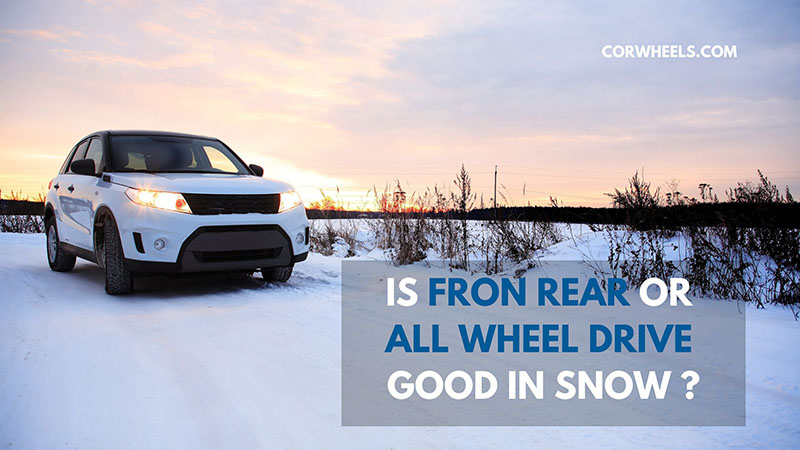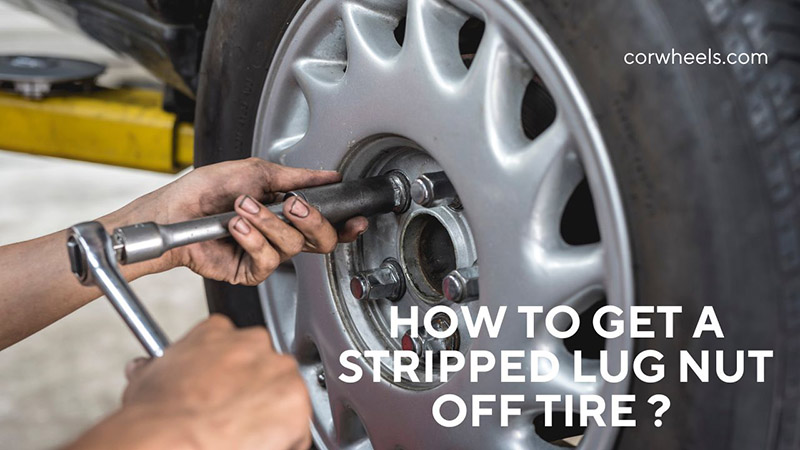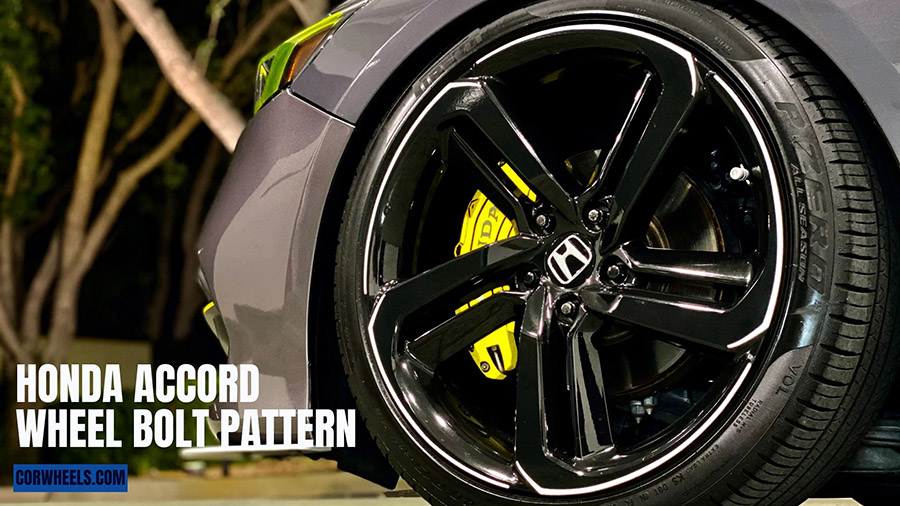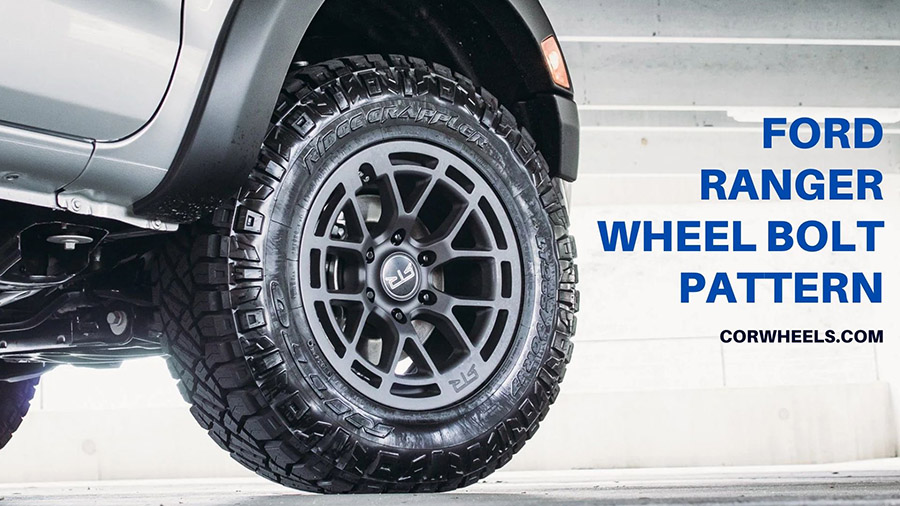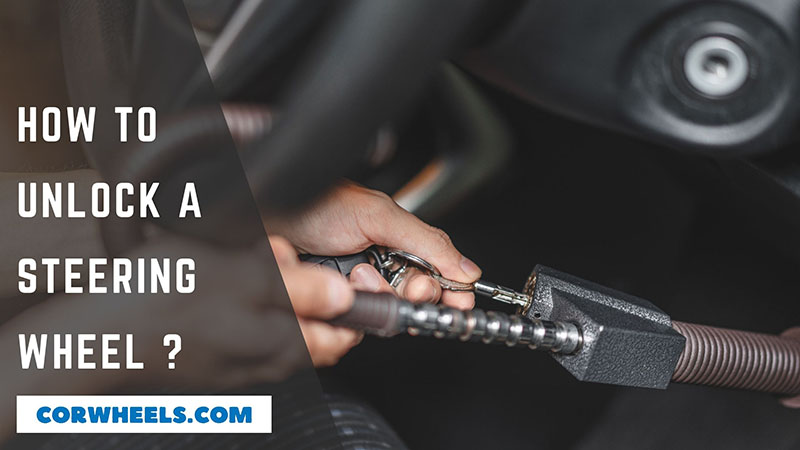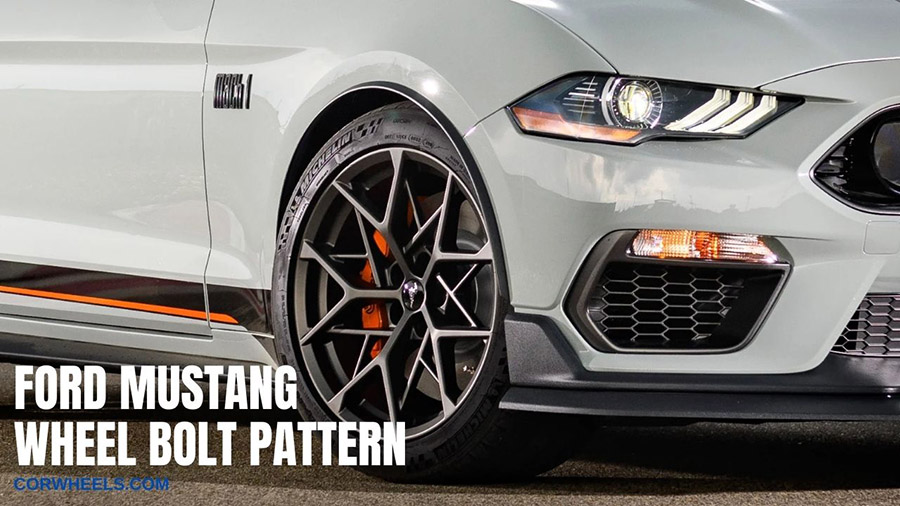Choosing a vehicle to tackle extreme weather – particularly snow in winter – has never stopped becoming a headache.
Four-wheel drive (4WD), all-wheel drive (AWD), front-wheel drive (FWD), or rear wheel drive in snow: which one should be the ultimate solution?
These questions demand immediate answers, and I am here to deliver to you exactly that. Keep scrolling for more guidance.
In this article:
Is FWD, RWD, 4WD, and AWD Drive Good in Snow?
1. Is Four Wheel Drive Good In Snow?
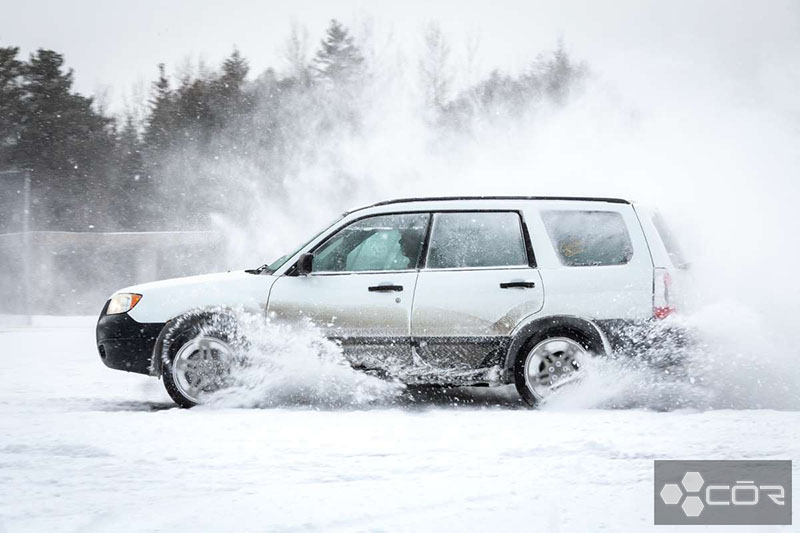
a. Overview
The 4WD systems are the most common in truck-based vehicles or pickup trucks.
They are labeled as a “part-time” compartment – whose engine power is only transmitted to the car’s rear tires until the onboard computers/drivers decide to engage their front axles.
In most cases, the front-to-back power spits cannot be adjusted. With 4WD modes, the front and rear wheels receive 50% of engine output each in a fixed ratio. They are accompanied by low-range gearings and two-speed transfers, produced for low-speed runs in unplowed, deep snow.
b. The Pros
4WD truck systems easily deal with unplowed roads and heavy snow.
Their low-range gearings allow the cars to crawl steep hills and traverse deep puddles. They are highly recommended for those living in rural areas that have to face heavy snow on a regular basis.
c. The Cons
Unfortunately, there are a lot more drawbacks to consider:
- 4WD systems are often operated in a 2WD mode (only the rear wheels have engine power). Thus, their grip is much less impressive than FWD – as the latter has a better traction advantage due to properly distributed transmission and engine weight.
- 4WD is not for high-speed traction/handling on paved and dry roads. Certain 4WD systems even issue warnings for drivers in dry conditions, as they might break down the handling and lead to premature component wear.
- A typical 4WD load is heavier than expected, significantly reducing fuel economy. Although most people only need 4WDs for several days per year, the extra deadweight ends up charging you more fuel than it should.
These downsides are actually mentioned in the manuals. However, not many drivers pay them attention.
2. Is Front Wheel Drive Good In Snow?
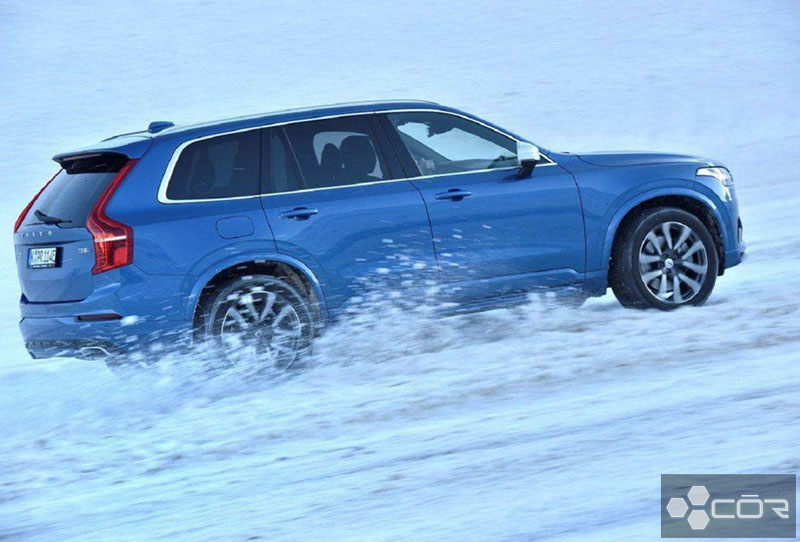
a. Overview
As its name suggests, the engine power is directly transmitted to the vehicle’s front wheels, which steer and propels the car forward.
Almost every modern passenger car is FWD, including “crossover” ones that combine car-based features and SUVs.
b. The Pros
FWDs work great in regular snow due to the transaxle/engine weight distributed right atop the drive wheels; as a result, it is lighter and more compact than RWDs.
(However, you must still be cautious around deep snow blankets: front-wheel drive cars lack the ground clearance to pound forward and will likely get you stuck).
The lightweight design is also incredibly cost-saving; with its unmatched fuel economy, you barely have to pay extra when loading the cars with more luggage and equipment.
c. The Cons
FWD weights are biased to the front (as anyone could have guessed), which gives drivers great challenges in maintaining consistent handling.
Plus, the fact that the propelling wheels also have to take charge of the steering is not exactly the best scenario for cornering or high-speed riding.
That explains why drivers demanding high performance tend to prefer RWD; FWD is merely an economical drivetrain option to reduce vehicle weight and simplify assembly.
3. Is All Wheel Drive Good in Snow?
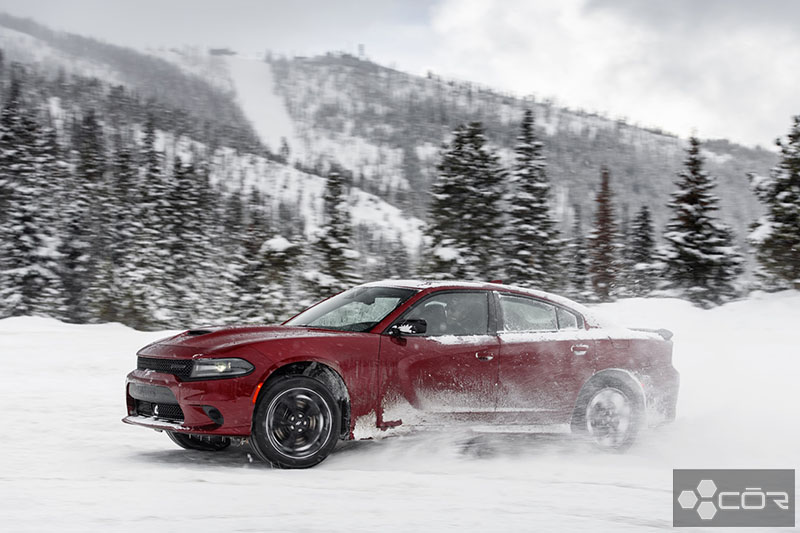
a. Overview
With this system, one can send engine power to all the four wheels (and even to each individual wheel), maintaining optimal traction on challenging terrains.
Their increase in popularity is worth noting; six or seven years ago, less than 1/3 of the industry markets offered AWDs. Today, it has become both standard and optional choices for numerous vehicles, including wagons, passenger cars, crossovers, light-duty cars, and minivans.
b. The Pros
AWDs work wonderfully for both snow-covered terrains and paved, dry roads – a significant improvement over 4WDs, which fails miserably on dry roads.
Even unpaved dirt and gravel are nothing against AWDs. That is why we often see AWD-equipped systems on high-performance sedans and sports cars; their wintry weather functionality and smooth handling are the dream of every professional racer.
Better yet, AWDs require little driver involvement; the power is routed to your wheels automatically at maximum traction. According to the specific situation, they can transfer at least 90% of engine output to either the rear or front wheels.
c. The Cons
Off-road usage and AWDs can hardly go together; this mode does not have low-range gears or transfer cases like 4WDs. Worse, the complicated system adds quite a lot to the upfront price; thousands of extra dollars have been considered the norm.
The additional hardware for optimal power transmission is by no means lightweight, either. As a result, they hurt both the fuel economy and performance.
4. Is Rear Wheel Drive Good In Snow?
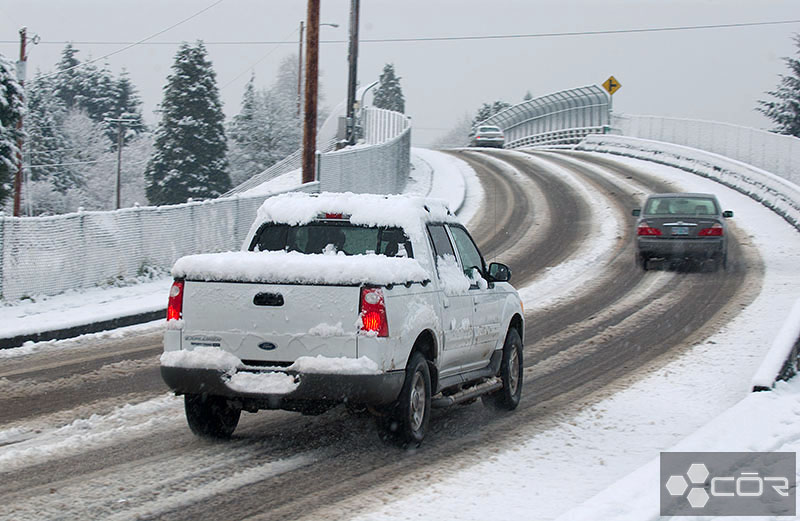
a. Overview
RWDs used to be the standard layout for passenger cars (particularly domestic-branding models). Although the engine compartment is at the front, its power is exclusively transferred to the car’s rear wheels.
b. The Pros
RWDs spread transmission, axle, and engine weight more consistently than FWDs – while being much lighter and cheaper than AWDs. Hence, they have become common in taxi duty and police use.
Furthermore, the rear-weight distribution allows the wheels to spin much more easily, creating smoky burnouts that many performance vehicle enthusiasts would appreciate.
c. The Cons
Sadly, rear-wheel drive vehicles are not ideal for regular snow driving – except for drivers who enjoy fishtailing. Their pickups in snow are horrible, and the rear ends have an atrocious tendency to get loose on icy roads.
5. Overall Verdict
AWD is the best choice for snow and winter driving, as it perfectly balances performance, fuel economy, and safety.
4WD’s snow-navigating capability is equally impressive; however, severe traction risks and gas-consuming design have kept it from snatching the No.1 spot.
FWDs tend to get stuck when the snow gets too thick, and RWDs are simply ill-fitted for snow drives.
I used to own a 4WD Ford F150; it did help me maneuver through occasional snowstorms and some off-road paths in Idaho. But when I hit the brake, it dragged on the street quite long before coming to a complete stop. This is quite dangerous on the go, so I switched to my current AWD Sienna.
Do I Need to Install Winter Tires For These Cars?
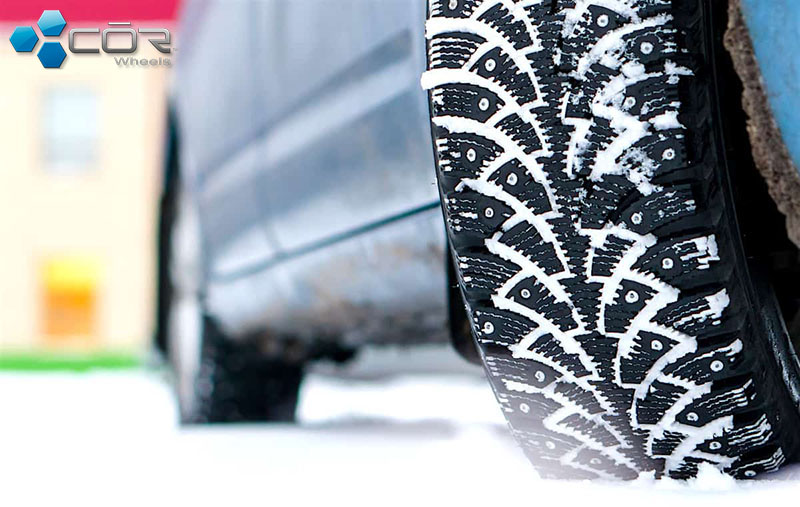
Not necessarily, but it would be great if you did so.
Though some models (like 4WDs or AWDs) do mostly well even under the heaviest snow, unexpectedly challenging conditions might still throw them off. Snow tires are designed to handle extreme weather and grip road surfaces, which can improve the torque system’s overall performance.
Furthermore, the special rubber materials are extremely flexible in chilly weather, easily maintaining traction even in wet, rainy conditions. They will be a lovely addition to driving modes not made to tackle snow – such as RWDs.
Extra Tips to Drive Safe in Snow
Choosing a suitable and high-performing vehicle mode is recommended, but a safe trip requires more precautions than that. Keep these simple yet powerful tips in mind, and you are good to go:
1. Drive Smoothly
Jerky movements will unstick your tires off the road. Hence, with every turn, remember to move and push the throttle gradually and gently.
In case the wheels start spinning (but won’t move) in deep snow, don’t go any further, as doing so just digs a deeper hole under your tires. And you will get stuck more severely. Get out of the car and check the situation first.
2. Look Ahead
Extend your vision as far as possible – especially on slippery roads – to anticipate your next move. Slow down at turns, and allow double stopping distances for wet roads, thrice for snow, and ten folds on ice. Never leave your eyes off the road.
3. Utilize the ABS
Whenever you get stuck at an unrecoverable skid – or have to sidestep a huge obstacle – push your brake pedals hard without letting up. The car’s computer will take care of the rest, keeping the braking at its most aggressive mode to align with the current traction.
4. Do Not Panic When Your Truck Gets Stuck In The Snow
Being frantic will not solve the problem; keep calm and try out common techniques first (braking, forward and back, etc.).
If they do not work, get off the car to clear debris and moisture around the tires, then pull your vehicle out of the snow using chains or arm muscles. Assistance from passersby will be greatly appreciated.
Conclusion
Although AWD is my ultimate choice, the other car drivetrains have their respective upsides and drawbacks. Except for RWD, the other three can handle the snow terrain. Weigh the pros and cons carefully, and write to me if you still cannot settle.
You might also like these articles:

